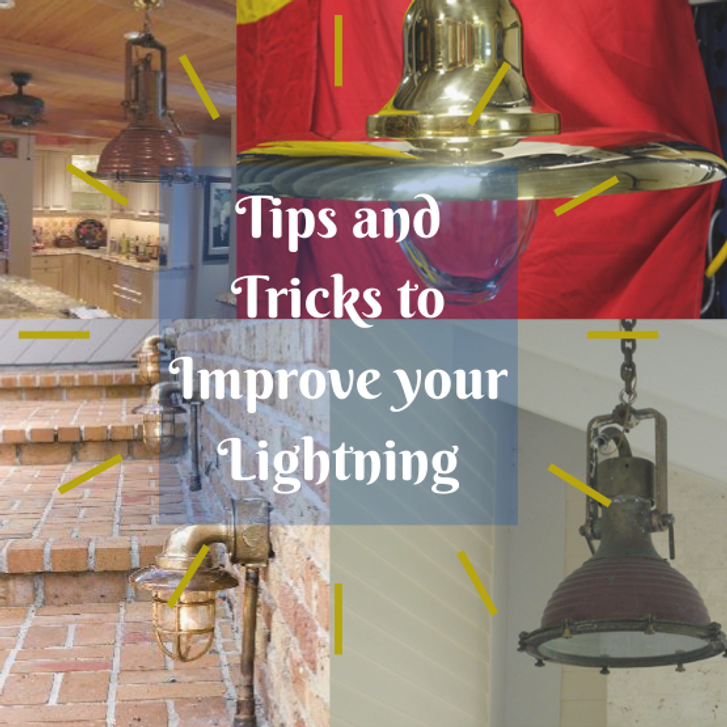
A house's lighting system has many purposes, but there's so much more they can do beyond simply illuminating your space. In the same way your house's floor plan and color palette helps set the mood and provide character; home lighting can do the same.
Put simply: lighting should enhance a home's appeal and warmth, but it can also let it down.
Homes with insufficient lighting may be acceptable during the day, but it will be difficult to read or play games after dark, and there may be dark regions in corridors and corners. The design and ambiance of a home can be made or broken by lighting. However, updating light fixtures and providing light to gloomy corners and hallways can significantly impact the home's usability and comfort.
Good home lighting is important for a variety of reasons. It can help you see better, make your home look nicer, and even save you money on your electricity bill. By making sure your home is properly lit, you can enjoy all the benefits that come with it.
New lighting fixtures can even help you save money on your electricity bill. On the other hand, lighting may be challenging to get right. Many homeowners try to improve the lighting in their homes but are put off by the cost of replacing light fixtures or overwhelmed by the number of options available.
You have to see lighting like a functional accessory that you use daily. It's better to spend some cash on something nice rather than buying sub-par quality that doesn't last.
Still, the lighting in your home can be improved with a few easy tips and a variety of cost-effective and appealing gadgets.
Lighting should be layered
Combining multiple types of light to produce a specific atmosphere or vibe is what layering light is all about. Using layered lighting, you can accomplish comfort, productivity, and elegance.
Layering light in the house not only lends vitality to a space but also adds variety and flexibility. Through the use of layers, you can draw attention to specific elements for varied objectives. Mainly layer lightning is divided into three types.
Ambient lighting: Ambient lighting is the type of light that allows you to wander around a room without stumbling over your belongings. When you turn on the main switch in most homes, it depends on the light. Ambient lighting is typically softer than task lighting. Ambient light is adequate for getting a sense of a room and doing fundamental tasks, but it may not be bright or focused enough for more specialized tasks.
Accent lighting: Highlighting distinct portions of your room or elements like photos, fireplaces, or decorative pieces of furniture is the goal of accent lighting. Wall sconces, cathedrals, well-placed lamps, or small recess lights can all offer directional lighting.
Task lighting: Task lighting is the light that you use daily. It means that you can see what you're doing when you're conducting specific actions. Although task lighting isn't meant to light a whole room, it does require more brightness than ambient lighting to focus light on your desk.
All three layers of lighting in a room provide you the most options for customizing the room's look and feel. Even in the living area, moody accent lighting can be left on for watching movies or reading while the ambient lighting is reduced or turned out. You can make any place seem like home by adding a dimming switch to any or all layers. In the dining room, layered lighting adds depth and intensity. Incorporating recess overhead lights, task and ambient hanging lights, and accent lighting on the walls may transform the aesthetic of any area.
If you've got lighting questions...whether for indoor or outdoor application, get in touch with us here for some free feedback and suggestions on the right lighting for your home.

